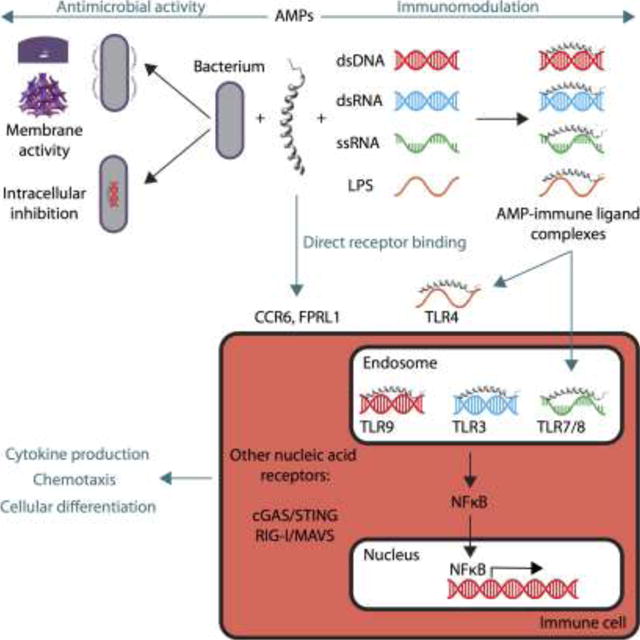Figure 1. Antimicrobial peptides can modulate immune responses through multiple mechanisms.

AMPs are multifunctional molecules that can kill microbes by punching holes in their membranes and inhibiting intracellular machinery (upper left). AMPs can also signal to the host immune system (upper right), and exhibit both pro-inflammatory and anti-inflammatory properties. AMPs can interact directly with receptors on immune cells, or form complexes with immune ligands to enable modulation of multiple PRRs like TLRs. (Note that the illustrations of AMP–immune ligand complexes here are purely schematic in nature and do not reflect the actual structures of the nanocomplexes. See text for details). AMP–dsDNA, –dsRNA, and –ssRNA complexes can enter endosomes of immune cells and bind to their respective TLRs, triggering activation of signal transduction pathways that lead to modulation of inflammation (lower right). Downstream consequences of AMP immune signaling include activation of transcription factors, cytokine production, immune cell chemotaxis, and cellular differentiation and proliferation, eventually leading to induction of the adaptive immune response (lower left).
